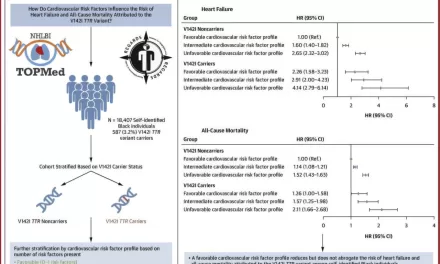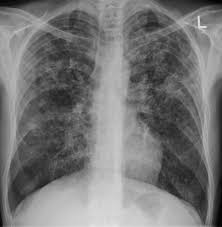
In the past five decades, there has been a significant surge in cases of esophageal and stomach cancer, not only in the United States but also in other western countries. This increase has been particularly notable for gastric cardia adenocarcinoma (GCA) and esophageal adenocarcinoma (EAC), both of which have exhibited high mortality rates.
Recent findings published in the Gastroenterology journal emphasize the potential of preventive interventions to be life-saving. Dr. Joel Rubenstein, a research scientist at the Lieutenant Colonel Charles S. Kettles Veterans Affairs Centre for Clinical Management Research and a professor of internal medicine at Michigan Medicine, highlights the significance of this discovery.
Dr. Joel Rubenstein explains, “Screening can detect pre-cancerous changes, such as Barrett’s esophagus, particularly in individuals with long-standing gastroesophageal reflux disease (GERD). When these changes are identified early, patients can adopt preventive measures to reduce the risk of cancer.”
Although current guidelines already recommend screening for high-risk individuals, Rubenstein highlights that many healthcare providers are still not well-versed in this recommendation. He emphasizes, “Numerous individuals who eventually develop these types of cancer have never undergone screening.”
However, a promising solution lies in an automated tool integrated into electronic health records, which could bridge the gap between provider awareness and patients at heightened risk of esophageal adenocarcinoma and gastric cardia adenocarcinoma.
Rubenstein and his team of researchers employed artificial intelligence to analyze data from over 10 million U.S. veterans, studying rates of esophageal adenocarcinoma (EAC) and gastric cardia adenocarcinoma (GCA)
According to Rubenstein, the K-ECAN tool surpasses the accuracy of published guidelines and previously validated prediction tools. Moreover, it can “reliably forecast cancer diagnosis at least three years ahead of time.”
Rubenstein also emphasizes that symptoms of gastroesophageal reflux disease (GERD), like heartburn, are a significant risk factor for esophageal adenocarcinoma. However, he points out that most individuals with GERD symptoms will not develop these forms of cancer, and conversely, around half of the patients with this cancer did not experience GERD symptoms before. In this context, K-ECAN’s value lies in its ability to identify individuals at heightened risk, irrespective of their GERD symptom status.
Dr. Akbar Waljee, a professor in the Departments of Learning Health Sciences and Internal Medicine, and senior author of the study, underscores the collaborative nature of this research, highlighting that its success wouldn’t have been achievable without a concerted effort.
Dr. Rubenstein emphasizes the collaborative effort and data from millions of U.S. veterans that underpin the publication’s findings. This accomplishment was realized through the combined dedication of the VA Health Services Research & Development Center of Innovation staff, along with collaborative partnerships involving the VA Center for Clinical Management Research, Michigan Medicine, the University of Michigan Department of Statistics, and contributors from U-M’s Institute for Healthcare Policy & Innovation and E-Health & Artificial Intelligence (e-HAIL). This showcases the potential of team science, data, and machine learning to enhance cancer prevention strategies.
Leveraging this AI capability, the electronic health record (EHR) could provide doctors with automated notifications about patients at a higher risk of developing stomach or esophageal cancer. Rubenstein highlights that implementing such a system could significantly alleviate the burden posed by these types of cancers.
Dr. Rubenstein’s team used advanced machine learning tools to develop this distinctive solution, and they are optimistic that it could lead to expanded screening and a reduction in preventable deaths. He expresses enthusiasm for future work that aims to validate K-ECAN’s effectiveness beyond the scope of the VA.











